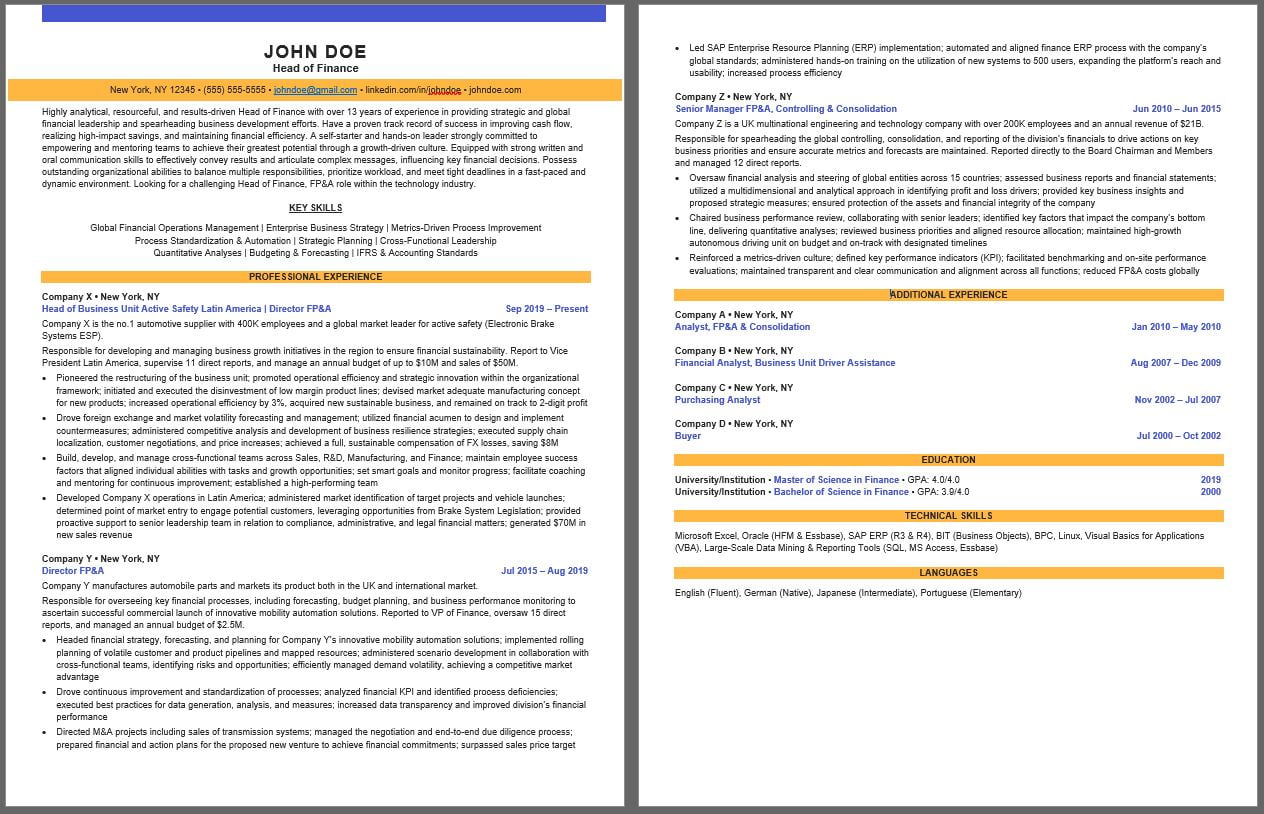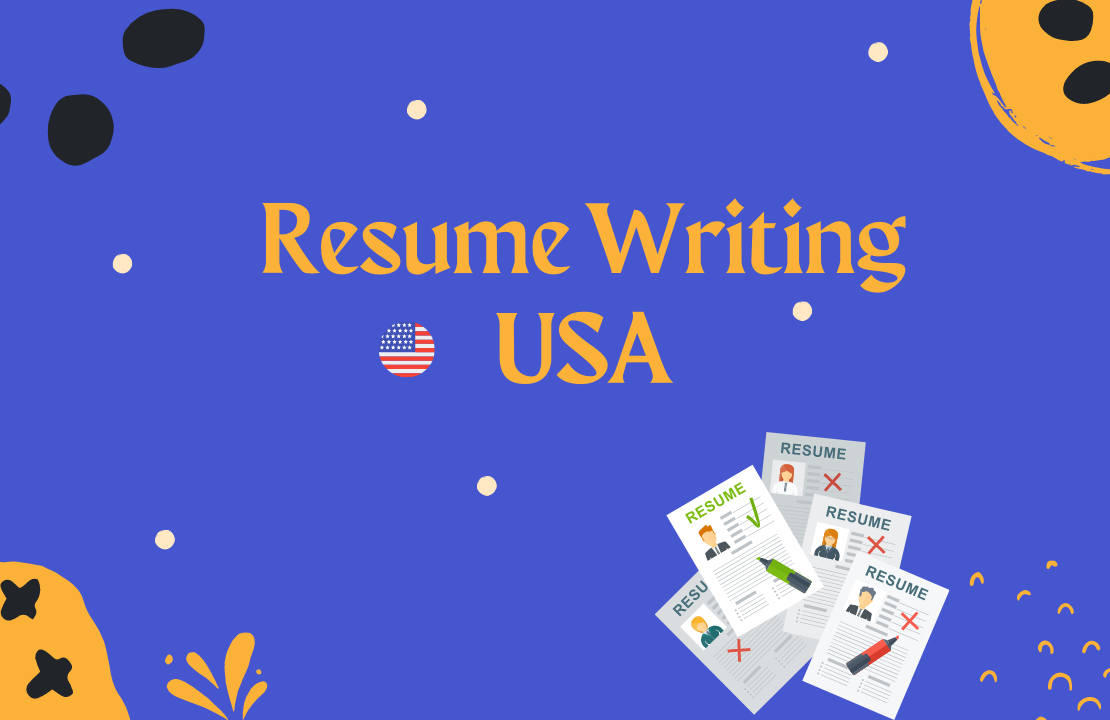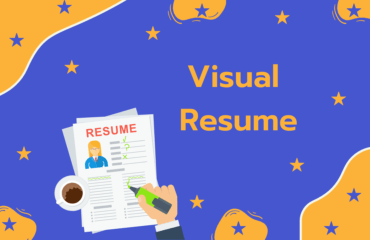Table of Contents
- 1. Add the appropriate personal details
- 2. Do not add a photo
- 3. Maintain the optimal resume length
- 4. Use a reverse-chronological resume structure
- 5. Use legible font name and size
- 6. Create a professional summary instead of objective statements
- 7. Size your document correctly
- 8. Ensure your spelling align with the American English language
As a job seeker, your resume can be a great tool to display your top skills, professional experiences, and credentials in relation to your target role. So, if you are targeting the US job market, submitting one that meets the local nuances and standards is key. This means including the required information, adopting the right design elements, and creating an easy-to-skim structure to get the attention of hiring decision-makers.
Before getting started, let’s explore the definition of a resume and how it’s different from a CV in a US context. A CV is a long comprehensive document used for academic purposes. On the other hand, a resume is a more concise document and is generally used to apply to jobs in the industry. In this article, we will share all there is to know about creating a proper resume aligned with the US standards.
1. Add the appropriate personal details
Personal details typically include your name, address, contact number, professional email, and LinkedIn profile URL. When it comes to the address, the combination of city and state plus the zip code of your current location will suffice according to US application standards. Optionally, you can add links to an online portfolio or personal website if you have one. Hence, it is important to ensure that these online profiles are up-to-date, reflect your professional goals, and present you as hirable.
There are other personal details that are considered normal on resumes in other countries, but a big ‘NO’ on a US resume. US companies have to strictly follow an anti-discrimination law related to hiring. So, they do not suggest adding these details, or your resume will be automatically rejected. To avoid such a scenario, here is a list of some of the information that should not be found in your US resume.
- Date of birth
- Marital status
- Gender
- Religion
- Origin country
- Age
- Personal identification numbers
2. Do not add a photo
While adding a photo to a resume is highly acceptable in other countries, it’s a big NO-NO in the US. Most US experts believe that your appearance is not relevant to your skills and not even proof of your competencies. In addition, it raises another discrimination issue and can just be a ground for any biases during the hiring process. Hence, they do not recommend including one in your resume.
However, this rule of thumb has exceptions. For instance, if you are applying to any creative roles like graphic design, film, or performing arts, a photo of you may help you stand out and build your personal brand. So, we suggest doing some research before deciding whether or not to add a photo to your resume to ensure you won’t miss out on any opportunities.
3. Maintain the optimal resume length
The standard resume length in the country is one to two pages, preferably one. Any longer than that, your resume is more likely to be cast aside without further consideration. This is because most employers only spend mere seconds scanning your resume to decide whether to read further.
To keep your resume within the specified length, include only the most relevant information. Focus on skills and quantitative accomplishments that best demonstrate your qualifications for your target role. Then, exclude details that don’t add direct value to your narrative. Don’t go overboard by going back beyond fifteen years, especially if you’re a senior professional with many years of experience.
You may also consider adjusting the margins and line spacing. However, we suggest maintaining a one-inch margin and one point for the line spacing to avoid your resume from looking too crowded. Furthermore, make sure to remain consistent with your margins and line spacing to keep the right balance throughout the document.
4. Use a reverse-chronological resume structure
Due to the US’ fast-paced environment, employers prefer a straightforward and easy-to-scan resume structure. In general, there are three different resume structures – the reverse-chronological, functional, and a combination of both. Though they include the same details, they differ in how they present and highlight the different sections of your resume.
The US resumes almost always use the reverse chronological resume format. In addition, it is the one that is widely preferred by US recruiters and hiring decision-makers. This is because this format highlights your most recent experience first, allowing them to easily skim through your most recent notable accomplishments and assess what you’re currently capable of.
5. Use legible font name and size
As mentioned earlier, ensuring that your resume is scannable at first glance is imperative if you are targeting the US job market. Thus, using overly complicated and creative fonts won’t do you any favor. It will just make your resume unreadable, unprofessional, and hard to follow.
While it is tempting to use fancy fonts to make your resume more appealing, using a simple and professional one is the best way to go. Arial, Helvetica, Calibri, Times New Roman, and Garamond are some of the best fonts for your US resume. When it comes to font size, points ten to twelve are the most recommended size. You can make adjustments as necessary depending on your chosen font.
6. Create a professional summary instead of objective statements
If you are used to using objective statements on your resume, now is the time to change. This is because a professional summary is preferred across the US. This section serves as an overview of your experience, accomplishments, and expertise in your field. Thus, allowing employers to know what you can actually do for them as a potential employee.
Remember that a professional summary must be brief and to the point and shouldn’t be any longer than five to six sentences. It may be challenging to showcase the value you can offer and sell yourself within this limited space. But focusing on what really matters and is relevant to your target job and industry can help you increase your chances of swaying hiring decision-makers to read the rest of your resume.
7. Size your document correctly
Paper sizes in the US differ from those used as standard in other countries, such as the UK. A4 is considered to be the standard paper size for resumes in such countries. On the other hand, 8.5 inches by 11 inches or commonly called the US letter paper size, is the standard resume size in the US. So, whether submitting online or handing in your resume in person, make sure to follow this standard size format. Always check your paper size at the ‘Page Layout’ menu of your word processing program before sending or printing your resume.
8. Ensure your spelling align with the American English language
Apparently, American English must be used when creating a resume for US job applications. Hence, it is important to keep in mind the spelling differences between American English and other languages like British, Canadian, and Australian. Yes, it can sometimes be confusing. So, to ensure you remain consistent throughout your document, we suggest using grammar and spelling tools. Additionally, make sure to read the resume at least twice before sending it. Here are some of the best spelling and grammar checkers you may consider using.
To give you a clearer picture of what a properly structured and formatted US resume looks like, here’s an example:

US Resume Sample
Understanding how to properly format and structure your resume for job hunting in the US is just the beginning of the battle. So, to make sure you start on the right foot, use this article as a guide to ensure your resume perfectly aligns with the US standards. Hence, allowing you to get one step closer to your dream job. Got more questions? We are just one message away.











